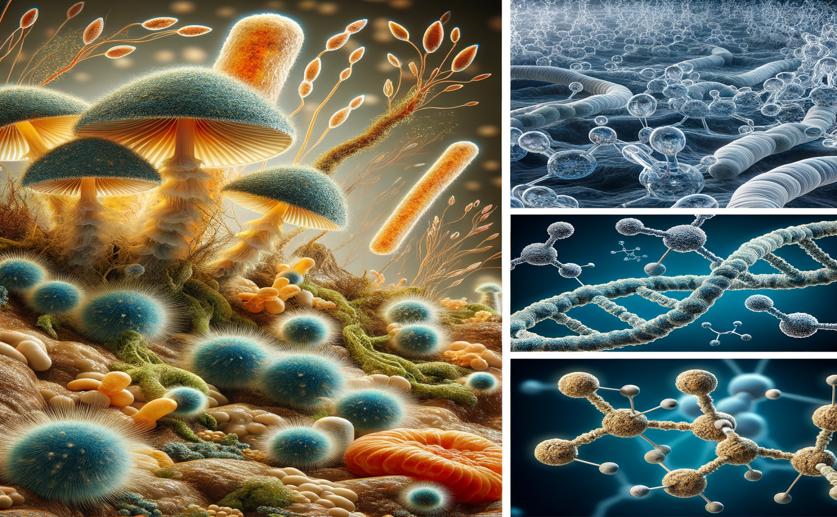
How Fungi and Bacteria Communicate and Break Down Toxins
Jenn Hoskins
25th May, 2024

Image Source: Natural Science News, 2024
Key Findings
- The study by the Migal-Galilee Research Institute explored how bacterial enzymes interact with fungal pathogens in apples
- The enzyme EaAiiA from Erwinia bacteria can break down patulin, a toxic compound produced by the fungus Penicillium expansum
- This degradation of patulin by EaAiiA reduces apple disease and lowers patulin production, improving fruit health and quality
References
Main Study
1) Bacterial-fungal crosstalk is defined by a fungal lactone mycotoxin and its degradation by a bacterial lactonase.
Published 24th May, 2024
https://doi.org/10.1128/aem.00299-24
Related Studies
2) An Apple a Day: Which Bacteria Do We Eat With Organic and Conventional Apples?
3) Effect of Washing, Waxing and Low-Temperature Storage on the Postharvest Microbiome of Apple.
4) The microbiome and resistome of apple fruits alter in the post-harvest period.



 21st April, 2024 | Greg Howard
21st April, 2024 | Greg Howard